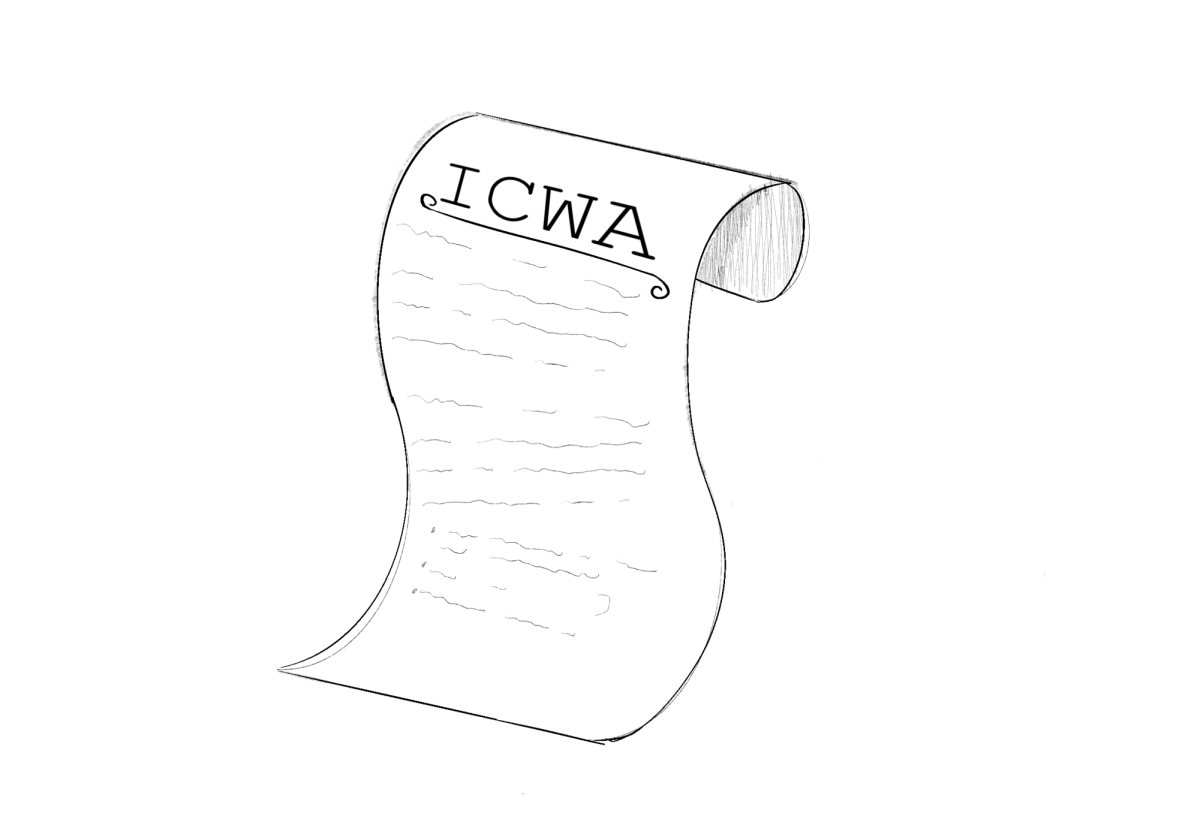Aims to provide greater context on hardships for college admissions
Dhani Srinivasan, Staff Reporter
Originally published June 13, 2019
The College Board, the organization behind SAT and AP testing, has recently rolled out a new measurement for high school students called the Environmental Context Dashboard, also dubbed as an “adversity score.”
The College Board has been testing this metric for three years in a select number of universities and will roll it out to all schools in 2020.
The Dashboard will allow colleges to see SAT scores in the context of a student’s school.
It will also allow them to see information on a school’s neighborhood and the student’s home environment such as typical family income, housing stability, family structure and crime. Lastly, the Dashboard will provide information on individual high school by measuring AP opportunity within a school and the number of students who meet criteria for free and reduced lunch.
All these factors will be calculated into a score ranging from one to one hundred that will be shown to colleges but not to families and students themselves. The average score will be 50 and scores above that indicate greater disadvantage.
The College Board advertises the Dashboard as a research partnership for colleges. 90% of the over 50 colleges that piloted the program saw it as highly valuable in providing contextual information for students, according to the College Board.
Originally, the SAT was designed in 1926 by a eugenicist in order to uphold the racial hierarchy within the United States and since then it has demonstrated a clear correlation between test scores and family status. Because of this, supporters have welcomed the adversity score saying that having one is better than not recognizing adversity and contexts itself.
Although Academic Intervention Specialist Lisa Coacher does not necessarily trust the College Board’s intention, she does believe that the college admissions process should be more contextual and holistic.
“I think we have to have ways to make a more level playing field, those that go to a college prep type school have much more advantage and privilege over other students,” says Coacher.
Opponents argue that the adversity score denies students the opportunity to present their unique story in applications and will allow colleges to make generalizations due to qualitative data. Furthermore, the Dashboard also does not include consideration of a student’s race because many of the states that will take advantage of it have explicitly banned the use of racial preferences in the admissions process.
“The number of the kids that have adversity might increase to get into college but they might not be able to afford it,” says Coacher.
The creation of this index is part of a nationwide dispute on the fairness of college admissions in areas such as Affirmative Action and recent admissions scandal, “Varsity Blues.”
It also acts as a part of the College Board’s response to growing criticism of the SAT itself as more and more colleges become test optional.
![West Seattle High School’s (WSHS) Chinese program is closing down and teachers in the program are informed to transfer to a different high school. At WSHS, 475 both former and current students have signed a petition to help teacher Ying Yu continue her Chinese program. She shares that initially, the program offered only four classes with 90 students but with her initiatives, the program grew to be full-time with 154 students and 137 students on the waiting list. (Seattle Public Schools Board Meeting YouTube Channel: Seattle Schools Board Meeting May 8, 2024, [58:25])](https://ballardtalisman.org/wp-content/uploads/2024/06/Screenshot-2024-06-14-134038.png)


![“Link Crew is meant to be a way for [upperclassmen] to help ninth graders with the transition to high school,” Laura Lehni, language arts teacher, ASB advisor and Link coordinator, said](https://ballardtalisman.org/wp-content/uploads/2024/05/IMG_4601-1200x800.jpg)










![Henry Willy [pictured left] taking the field with his teammates in a 10-11 loss vs. Saas.](https://ballardtalisman.org/wp-content/uploads/2024/05/IMG_2431.jpg)







